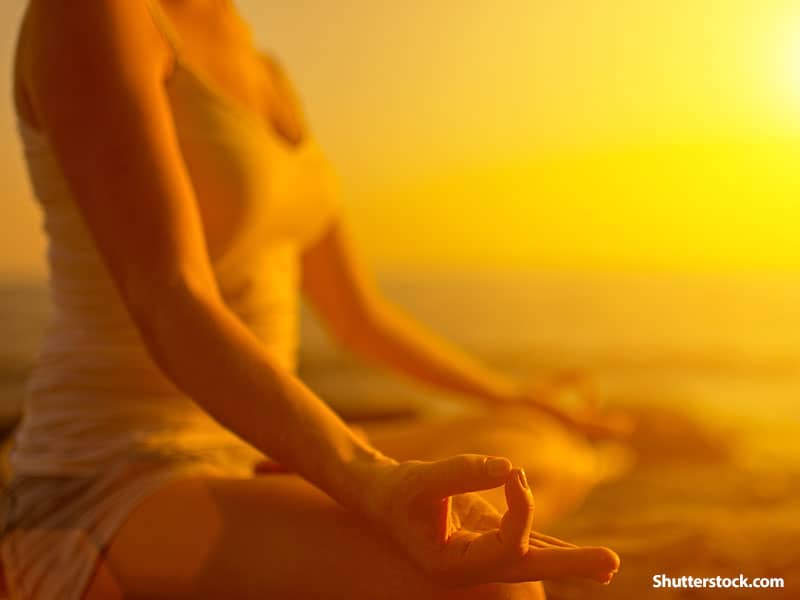There are people who, when they take off a sweater, instinctively fold it and put it on a closet shelf. These people change their oil well before their engine starts to sputter; they file their taxes on April 7 to avoid the lines at the Post Office on the 15th; they throw outleft-over rice salad before it starts to grow fur and growl.
I am not one of these people.
Perhaps I'm rebelling against my upbringing on a series of military bases where it seemed like even the trees were required to pick up their dead leaves as soon as they shed them, but when I take off a sweater, I instinctively drop it on the floor where it will be handy if I need to put it on again. I have been known to scribble a phone message with an eyeliner pencil on a cardboard toilet paper roll because I couldn't find a pencil and paper. If you sit down in the passenger seat of my car without inspecting it first, it is quite possible that you will arise with hardboiled eggshells stuck to the seat of your pants.
But I've suddenly found myself irresistibly compelled to do things like install divided trays in a drawer of cooking utensils; purge my leather handbag of about a pound of loose change, pen caps, bank deposit slips, and uncapped contact lens cases; match up the socks in my sock drawer; and ruthlessly discard the ones with no mates.
I got a boost recently from a wonderful book that a friend recommended called "Organizing from the Inside Out," which presents as its supreme model of organization the kindergarten classroom. The author, an organizational consultant, sets up everything from a boudoir to an executive suite according to basic preschool principles: a place for every activity and every item, all of it neatly labeled, so that if you want to make, say, a dinosaur collage, you'll know exactly where to find the construction paper, scissors, old copies of National Geographic, and that white paste that tastes so good when you lick your fingers.
I read the book the day after I got back from a Buddhist meditation retreat, and it struck me that for adults, the next best thing to a kindergarten classroom is a meditation center. Every Buddhist community I've ever been to has that same feeling of tranquility and order--a place for everything and everything in its place, whether it's shoes, meditation cushions, bathroom cleanser, incense, or hard-boiled eggs. The result is a feeling of unsurpassed serenity--which I suddenly yearned for as I returned to my own cluttered life.
So one small zone at a time, I've been trying to bring that same feeling of peace and order to every aspect of my life: from going through my files and throwing out notes for articles I wrote 15 years ago to consolidating the contents of six almost-empty ketchup bottles. I'm understanding for the first time what many people seem to know by instinct: that organization is not necessarily a military rigidity artificially imposed from the outside, as I had always unconsciously assumed. Instead, it can be a kind of mindfulness meditation practice that asks me to honor with my loving attention the minute details that create my life moment to moment. When I create order in one small part of my world, I can see the beauty and mystery of all of life shining more clearly there: in the bowl of Red Barlett pears on my kitchen table; in the purple bearded irises looking in my freshly washed window; in the soup ladles neatly grouped in their new compartment, like a little family.
According to a Zen saying, when the flower arranger arranges flowers, he arranges his own mind, as well as the mind of the people who look at the flowers. The spiritual teacher known as "the Mother," founder of the Auroville community in India, put it this way in a sign posted in my room at the ashram: "Not to take care of the material things that one uses is a sign of unconsciousness and ignorance. You must take care of them, not because you are attached to them, but because they manifest something of the divine consciousness."
Organization, I'm starting to see, follows the same basic principles as yoga practice. Each time we do a pose, we carefully arrange the bones, organs, and energy channels in a precise alignment--not an alignment that is artificially imposed from the outside, but one that naturally springs from within, when we pay attention. In posture after posture, through our careful attention to detail, we allow the body to express a different aspect of its true nature--just as, in Hinduism, the formless Divine expresses itself in the shape of tens of thousands of deities.
When we bring forth the natural order that lies in the midst of chaos, we can see our true Self shining out.

